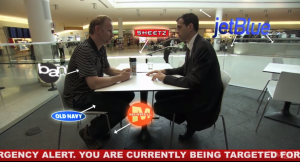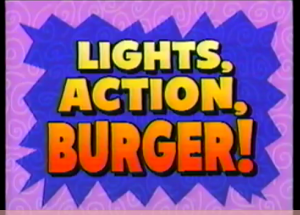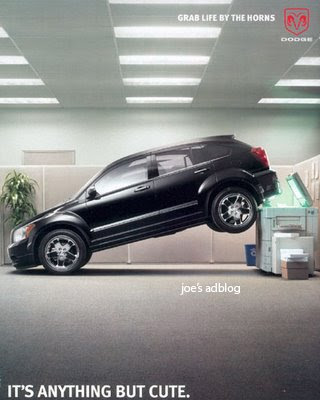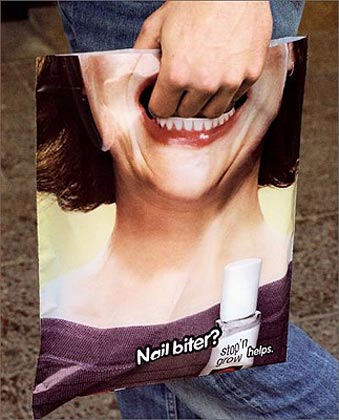Okay look, companies and businesses have strategically placed their branded products in movies for decades already. These firms understand the value in placing their products in widely viewed and popular movies as it creates an instant connection to their viewers. Recent examples include: Tron (2010) and Ducati, Despicable Me (2010) and NBC, Transfromers (2009) and Chevy etc.

Nice Bike you got there.
However, that being said, the process of integrating products into movies often requires a bidding process and negotiations with the movie studio and firm. Firms often pay upwards of millions of dollars to have their product featured (depending on the type of product, ie. Aston Martin in James Bond).
This is where something new has happened… I recently stumbled upon the trailer for a upcoming movie… based entirely on brand / product placement. This movie, titled “POM Wonderful Presents: The Greatest Movie Ever Sold” is funded and paid for, completely by product placement. Check out the trailer:

The movie is a eye-opening documentary, Morgan Spurlock (who also directed Super Size Me) explores how firms will pay bigg $$$$ just to be featured in films. Obviously, Spurlock adds humour to the movie and turns it into an entertaining learning experience.
The movie title is already a blatant example of product branding; POM wonderful, went through an extensive bidding process to be featured in the title. I find it very interesting, to see the ‘behind the scenes’ process in movie negotiations and the extent that firms go to ensure proper placement.
I’m quite excited about this film, after learning the theory behind advertising and product placement, this movie really shows you the reality of the situation. This movie is very innovative and creative, and the premise behind the film is quite different. This one of a kind movie pokes fun at product placement, all while revealing the truth in corporate marketing strategies.



 immense potential for companies. With such high views/popularity, products and companies can gain immediate popularity. However, it must be noted that predicting memes or gaining attention for products is a very challenging task. It is almost impossible to predict trends or effectively integrate marketing in the internet memes.
immense potential for companies. With such high views/popularity, products and companies can gain immediate popularity. However, it must be noted that predicting memes or gaining attention for products is a very challenging task. It is almost impossible to predict trends or effectively integrate marketing in the internet memes.















.jpg)

